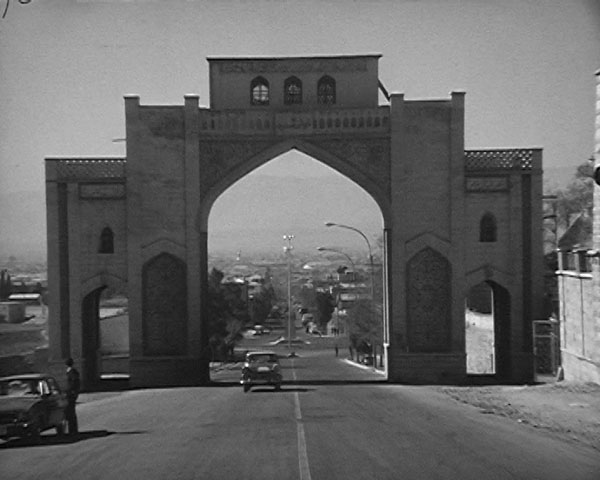Historians consider the second half of the nineteenth century and the first two decades of the twentieth century formative of what is often termed “Iranian modernity” (Cole 1998a; Najmabadi 2005; Tavakoli-Targhi 2001). It was a period of conceptual and material retooling. Therelation with the West, with its colonial and orientalist entailments, was an integral part of this process.Tavakoli-Targhi (2002) underlines a shift in government that characterized the final decades of the Qajar dynasty (1796–1925) . He sees a transformation from a conceptualization of the king as the owner and pastor of his flock of subjects, to one in which the Shah was imaged as the (often faulty) custodian of a nation seen as a needy and sick mother.
The emergence of the nation as a discursive formation is at the center of this refashioning that also involves, as Tavakoli-Targhi argues, transformations in the conceptualization of history and geography and therefore in the relations between Tehran and other cities.

Shiraz in the nineteenth century was one of the regional capitals of the Qajar kingdom. The city was ruled by a governor, often a close relative of the Shah, nominated to the post from the capital, in collaboration and competition with local notables and powers. Landowning families, tribal confederations, merchants and religious hierarchies all colluded and competed for allocations and influence.
Foreigners, especially British,interjected these networks and channeled their dynamics. At different moments, people revolted against some or all these powers.The surrounding lands of the region of Fars, composed of other cities and cultivated lands, pastures, mountains and deserts were itself part of these political and social configurations.
This resulted in an unstable equilibrium of alliances within Shiraz and between the city and the capital.On the one hand, the city was a relatively autonomous zone whose distance from Tehran allowed or forced ad hoc initiatives. On the other hand, the city was nevertheless connected to and dependent from the capital.
Retrospectively, this mixture of autonomy and dependence was to become the base for the constitution of Shiraz as a “province” during the Pahlavi period.

